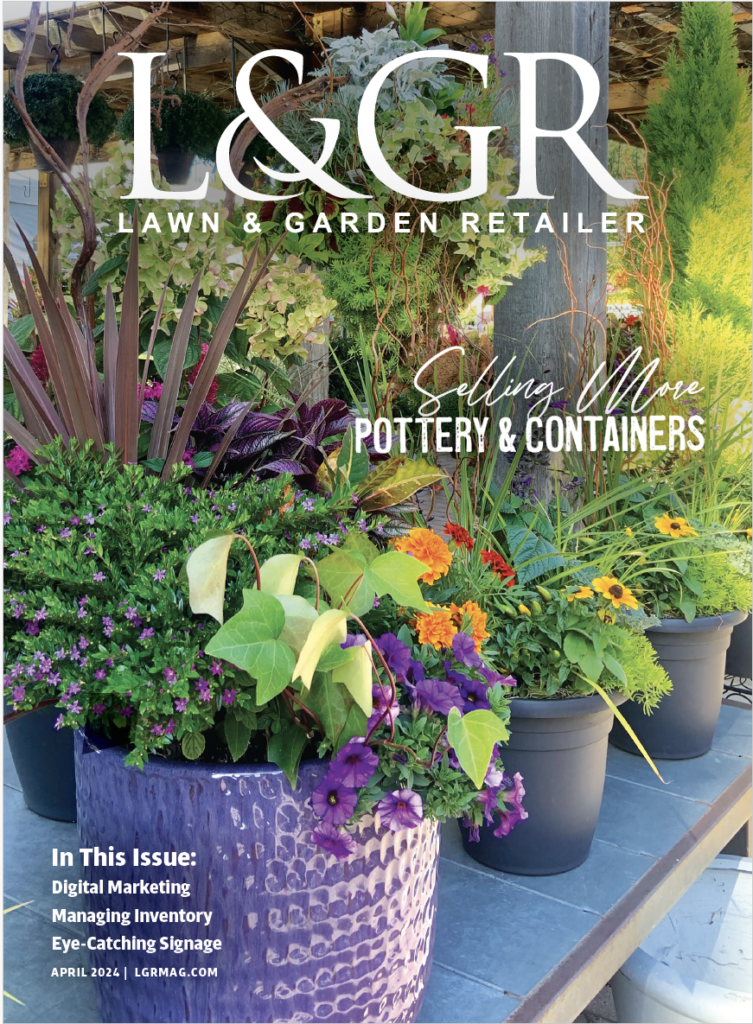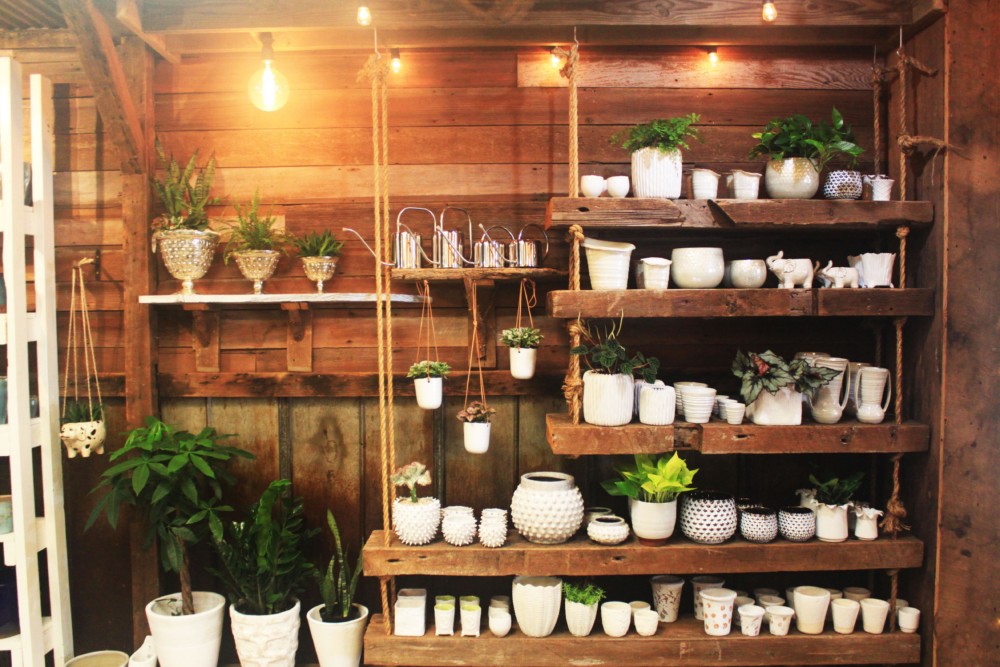
From Roots to Garden Center
Roots are necessary for soil stabilization, proper nutrition and plant growth. Our personal roots influence our personalities, ideas and beliefs in life. My family, especially my grandmother Helen Lane, aided the growth of my roots in my personality, values, joys and skills. She taught me about the value of plants to the soul, how to make work enjoyable and the necessity of a close personal community of friends no matter a person’s age. She has nurtured my roots since I was planting her marigolds as a toddler to when we worked hard removing seemingly acres of invasive Chinese privet to including me with her at garden club functions. A reward of her legendary banana pudding was often quite the persuasion for such tasks.
She cultivated the soil of my roots and my deep affection for plants which led me to attend the University of Georgia for a landscape architecture degree. Following graduation, I worked in the Atlanta area as a landscape architect designing landscapes in a studio office setting for eight years.
It did not take long for me to realize my roots of plant admiration were not being cultivated by grinding away 90 percent of my time under fluorescent lighting between four walls and in front of a computer screen. Plant life was calling my name and I wanted to answer that call as soon as possible, but I had no inclination of how that desire would be satisfied.
Opening a garden center was obviously the proper way to fill this void.
Discovering the Goal
The odds of being killed by a falling coconut are 50 million to one and those were better odds than our chance of having a successful business when we began. The idea of Fiddleheads Garden Center began in 2011 with almost all of the odds against us.
We had very little working capital to begin. We were living in a town that was in the middle of having the worst job loss numbers in the United States. We had no retail experience.
All that we could hang our hat on was that we were two hard working guys — one with a plant growing background and one with a landscape architecture background and love for plants. Planning began in June and we began tearing down 100-year-old barns in the community to utilize the wood for the interior of the store.
As equal partners, Erik Gallman and I knew we would have to create a special destination to survive in such an economic downturn. In all, two 1890s barns and one farmhouse from the same decade were used to create a welcoming interior and rustic product displays.
The building landlord thought we had decided to go in the reclaimed wood business instead of the plant business. This wood was paid for with hard earned sweat during the summer months but provided us an atmosphere that would not have been attained with fresh lumber. Our lighting centerpiece, that we handcrafted using one of the old farmhouse doors with our logo and mason jars, was dubbed the “chandoorlier” and remains a customer favorite to this day.
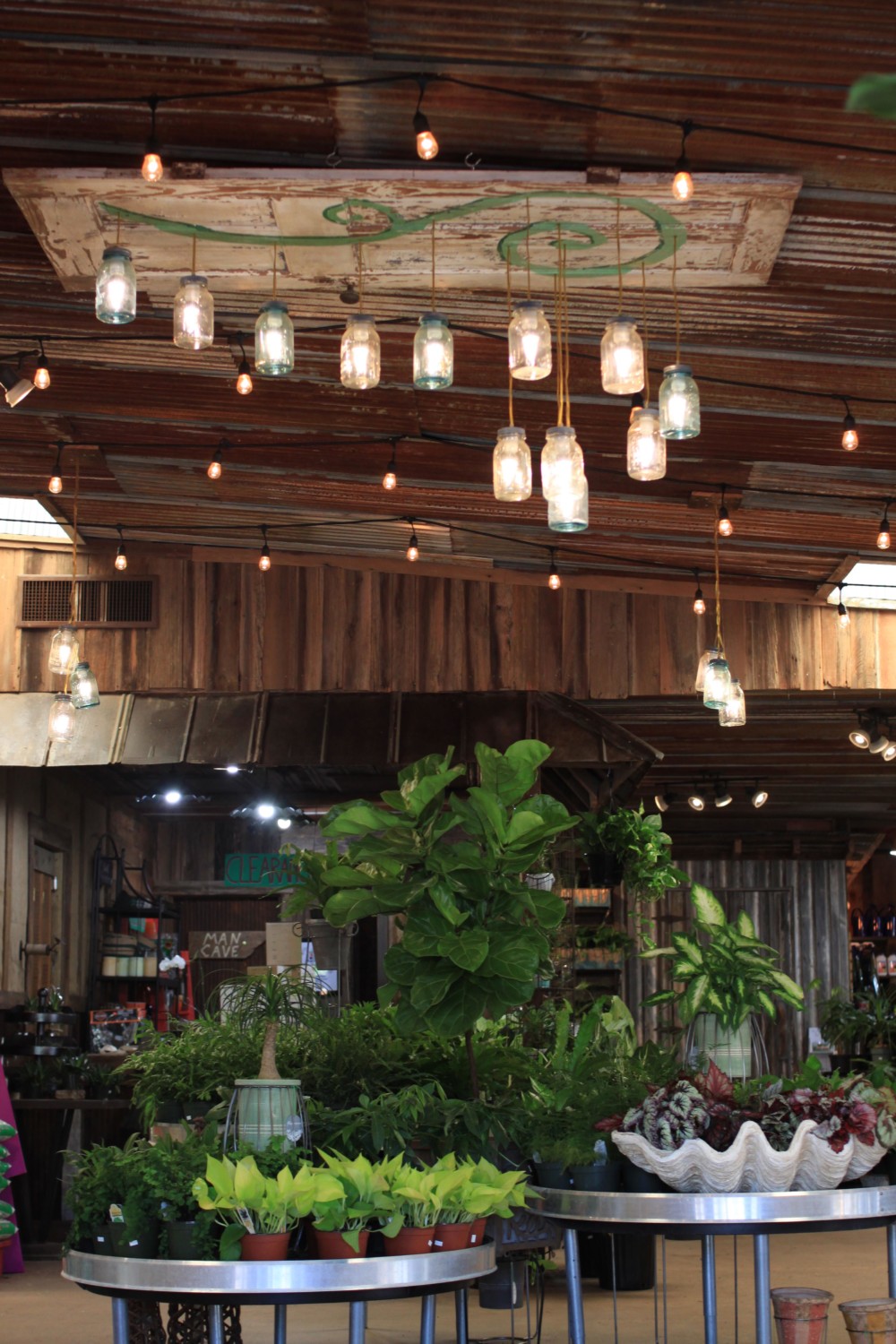
We had to build bathrooms as the space did not have any and we felt we should not build a run-of-the-mill lavatory. So, naturally, we built modern-day outhouses with rusted tin wainscoting, barn wood trim and heavy handmade barn wood constructed doors. These bathrooms were fortunate enough to win the gold award for Best Bathroom in 2016. When customers request the location of the bathroom, they always laugh when we say the “outhouses” are this way.
Unexpected Challenges
In the months after opening we learned that we knew even less than we thought about the garden center industry; however, we were gaining knowledge by the cartloads at a rapid pace.
Each day would be a small step closer into learning what our customer base was seeking in products and service, how we needed to prioritize our time, and maintain a healthy cash flow going into the winter doldrums. We survived our first spring and as the summer months passed by we learned how truly vital those spring sales were for our entire year.
Having a 50-50 partner can be a challenge within itself, but what occurred in February of 2013 was an immense challenge to the continuation of Fiddleheads Garden Center. My co-founding partner, Erik, passed away unexpectedly at the age of 33, six weeks before Fiddleheads second spring season. As a grower-retailer, plugs were arriving in bunches and I was short two important hands, one important brain and a crucial cog in our operation.
I had obtained an abundant amount of information regarding our plant growing operation with Erik in the past 18 months; however, I still had much to learn and experience. Fortunately, I was blessed beyond measure with support from my community, customers and cronies in so many ways.
Volunteers showed up to help us plant flats, flats and more flats of annuals, vegetables and perennials. My parents, Greg and Denise Brown, who had owned
a furniture and hardware store for many years, have helped since the days prior to opening our doors. They were key to not only maintaining our doors being open, but also to help the store grow in sales and loyal customers.
While I have read many articles regarding the challenges between the elder generation handing off responsibilities to the upcoming generations, Fiddleheads has the opposite challenge as I have had the pleasurable challenge of my parents working for me for seven years now.
What offspring does not salivate at the opportunity to be the boss of their parents? While there have been a few stressful times, I know that I can trust them and rely on them to do certain tasks that only they could do. Despite being in a later stage in life, working in a garden center has cultivated their roots of plant appreciation.
Always Expanding
As the local area’s economy improved in the final months of 2016, Fiddleheads was beginning to run out of ideas for additional ways to make space for more products. Our houseplant and gift departments needed much more square footage. Our checkout area was too cramped and cart traffic in the showroom was not ideal.
Fortunately for us, our next-door neighbor (separated by a common wall) went out of business in December 2016 which provided an opportunity to expand by 5,000 square feet of heated/ cooled space and 1,000 square feet of office and storage space. We were not seeking a space of this size as this area was twice the size of our existing showroom, but after much team deliberation, we felt that we could be successful with the expansion.
My greenhouse manager, Crystal Hedden, took on the role of maintaining the existing areas of the store while more of my focus shifted to the new addition. An area in the common wall was demolished by the middle of January and we were off and running to do a renovation to be completed by April 15.
In addition to the remodel of the new territory, we also had to revamp our existing showroom to becoming a houseplant headquarters all while remaining open and planting plugs for spring.
I welcome challenges at any time even in the spring. My wife, Carrie, and I had both of our boys, Brice and Finn, in the spring seasons of 2014 and 2016.
The newfangled space would be the main entrance and house the checkout, gift shop, clothing boutique and design review area. Our staff made all of the renovations other than the electrical and signage. Late nights were spent torching wood to lay as a floor of the clothing boutique or demolishing previous displays from the once bicycle shop.
Unfortunately, we had already used all of the barn wood, so we bought rough cut lumber and applied a stain that creates an aged finish to aim to continue our rustic vibe.
A newly hired gift shop manager, Erin Gentry, assisted in purchasing products, creating displays and preparing the expansion for opening.
Since opening the additional space, it has grown in product offerings and we have learned (and are still learning) the gift shop side of retail. The new check out and extra space for cart traffic is invaluable, while the design review area has been a great addition to draw attention to our design offerings.
The houseplant headquarters in the original showroom has grown leaps and bounds, while we have added a “Bloomless Bar” for planting interior plants with a menu of various soil toppings. Customers have adjusted to our new entrance and seek out our gifts as an add-on sale or come simply for a gift.
Roots are necessary for soil stabilization, proper nutrition and plant growth. The roots of Fiddleheads Garden Center have been stimulated and growing to create a more stable base for the future.
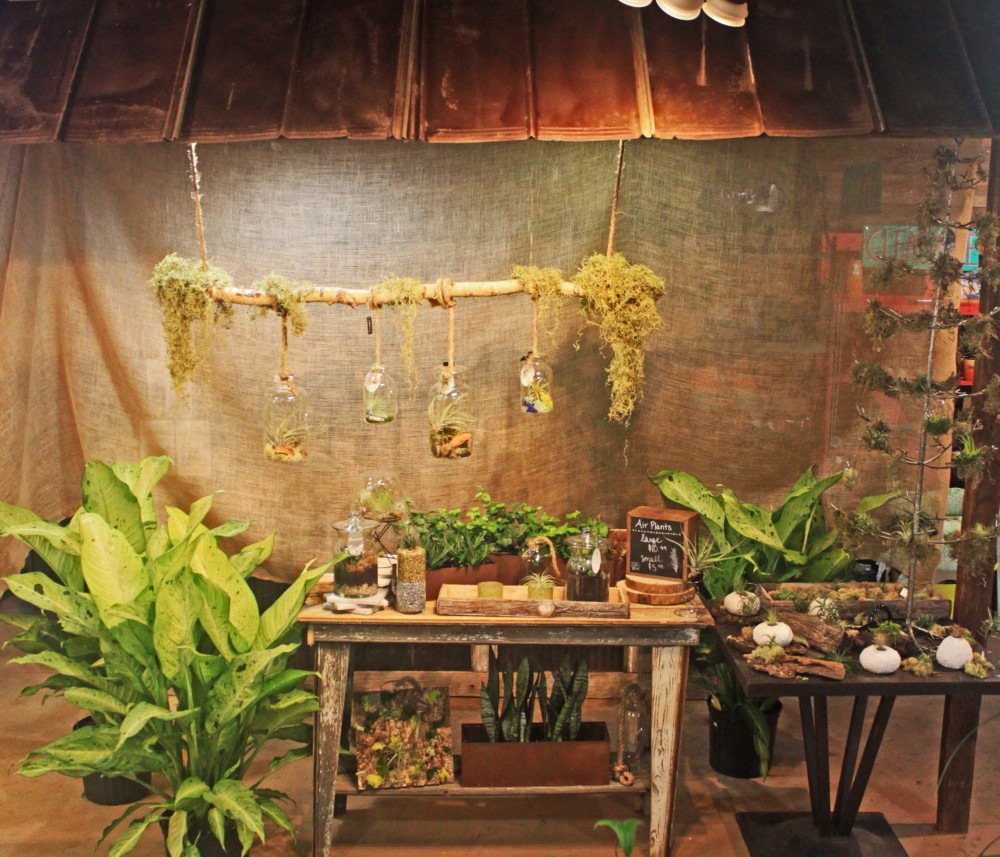

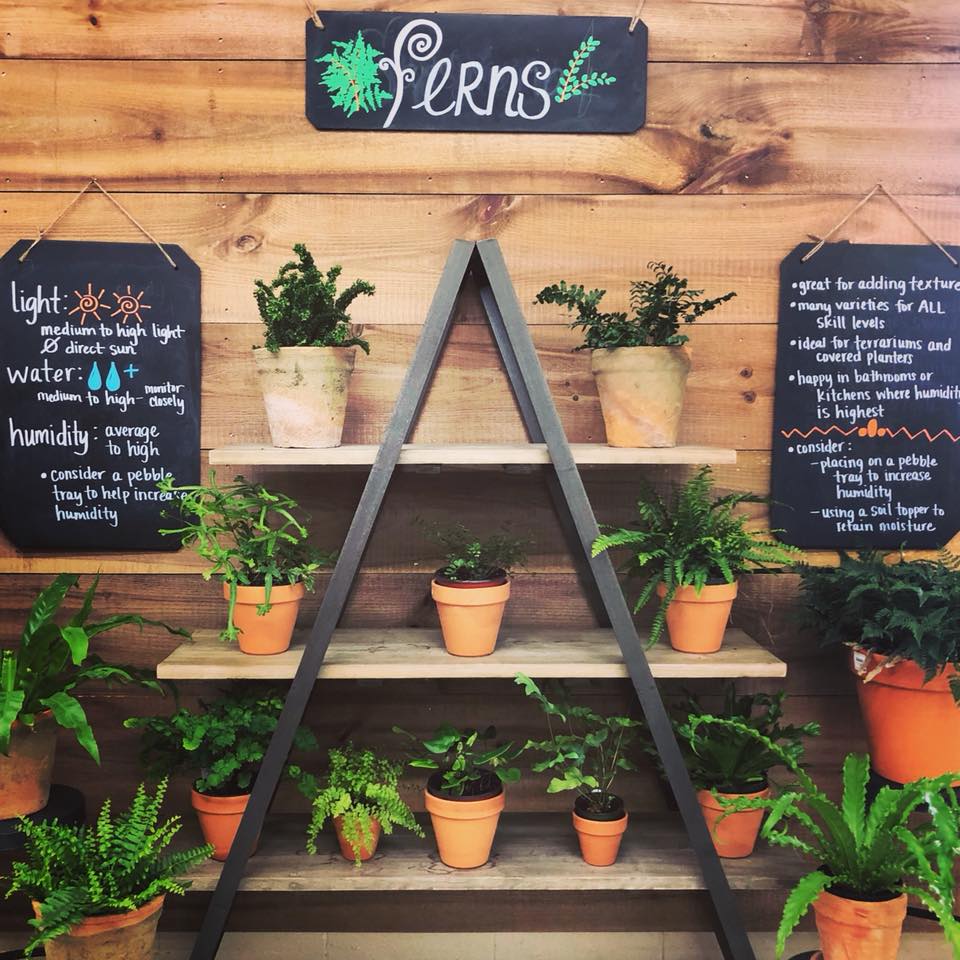
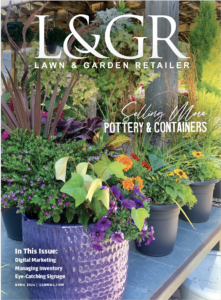
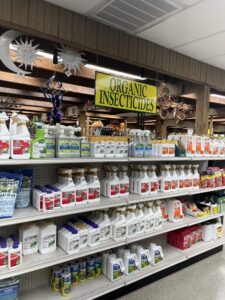
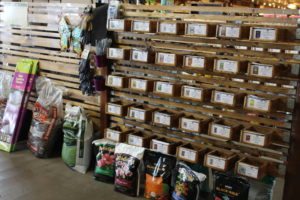
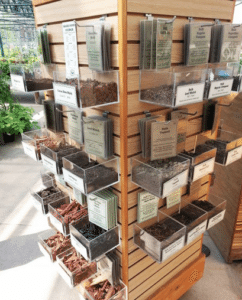
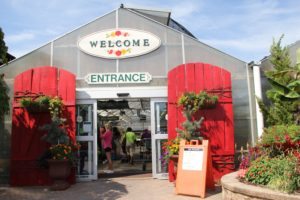
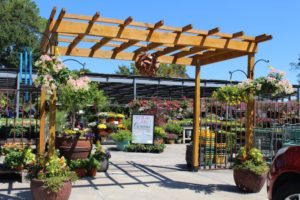

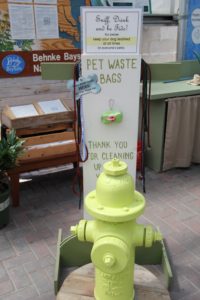
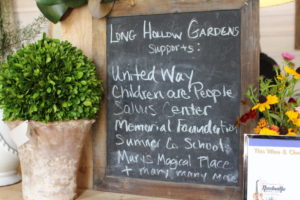


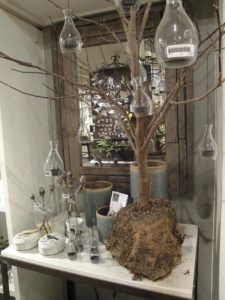
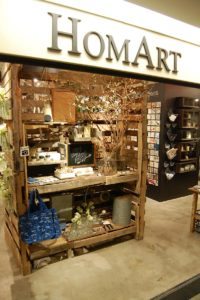
 Videos
Videos




